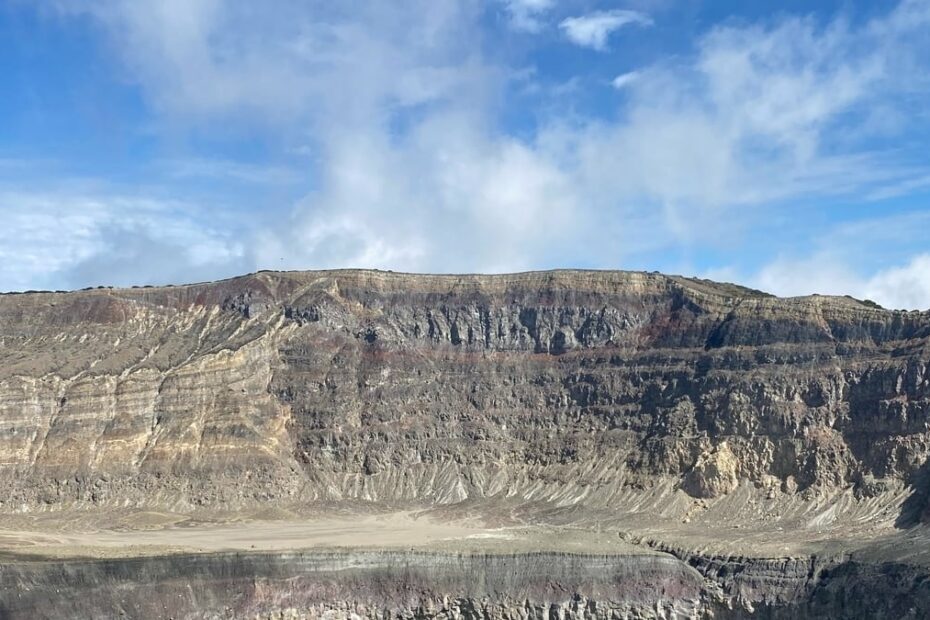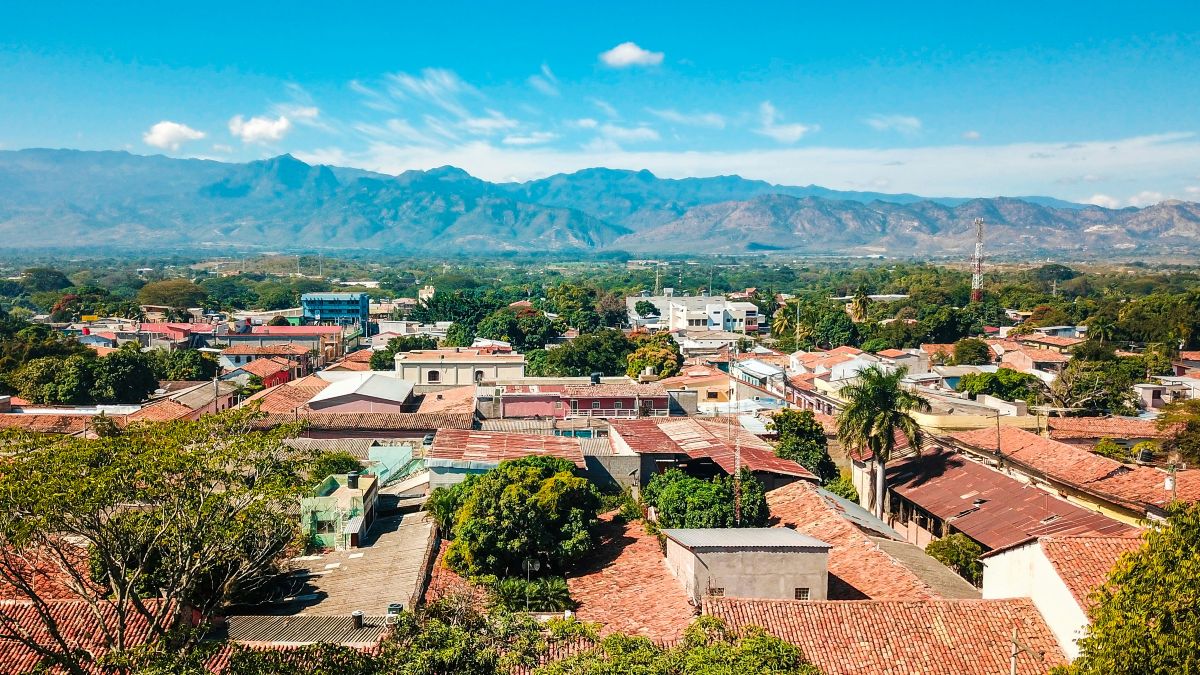Local blogger Eddie Galdamez lists four of his top things to do in El Salvador. The difference here is that these four activities are off-the-beaten-path, unknown about by most foreign tourists.
These days, it seems El Salvador is putting extra effort into showcasing its tourism. And for good reason, too. El Salvador is home to beautiful beaches, iconic volcanoes, attractive national parks, and much more.
Almost everyone who visits El Salvador goes to the famous beaches or the smaller towns in the mountains. These places are popular because there are plenty of great activities to engage in. The only problem is, other tourists often have the same idea as you. And with many activities in El Salvador, you won’t find yourself enjoying them alone.
For the most part, this is no problem. After all, here in El Salvador, we’re happy to share our country with as many tourists as possible. All are welcome and the more the merrier!
But if you’re looking for something more off-the-beaten path, more authentic, you might want some help. El Salvador still has some secrets, after all. You can still find things to do in El Salvador where those around you will be more locals than foreign tourists.
In this article, I’ve listed four outdoor things to do in El Salvador that few foreign tourists get to experience. I believe that any one of these activities will enhance your visit to El Salvador.
Now I don’t want to get into any trouble here with my fellow Salvadoran citizens here, which is why I’ve kept this list quite short. I have plenty more off-the-beaten path things to do which I’ll keep to myself for now. Perhaps I’ll share some more of them down the line, but for now, check out the following:
1. Camp inside the crater of Volcán San Salvador
View this post on Instagram
An activity beloved of many locals in El Salvador is camping inside the crater of Volcán San Salvador. You’ll find this crater in El Boqueron National Park, outside the capital city of San Salvador. Being so close to the capital, El Boqueron is one of El Salvador’s most-visited national parks. It makes for a great day trip. The operative word there, though, is day. Coming at night is a different experience altogether.
The crater of Volcán San Salvador is about 1.5 kilometers in diameter and 550 meters deep. It sits at an altitude of 1800 meters above sea level. The easy part is getting to the top of the volcano. This is what most of those daytime visitors do, on the myriad of well-maintained trails to the summit.
What they don’t do is the hard part, which is getting down that 550 meters into the crater and the camping area inside. This is where the off-the-beaten path bit comes in, as there’s no “path” to guide you. Once you make it down, you’ll find yourself next to another, smaller, crater called El Boqueroncito. That’s where you’ll pitch up your tent for the night and enjoy the sounds of the cloud forest in isolation.
You’ll need a professional guide to lead you down the crater, as there’s no set trail. The cost of the expedition will depend on how many others are going camping with you. Expect to start the journey mid-afternoon. Remember to bring enough water for the trip plus whatever food you need for dinner and breakfast the following morning. Also, you’ll need your own camping equipment and proper hiking attire. Being in good shape is a must, too.
After a night under the stars in the crater, you’ll start the difficult climb 550 meters back to the summit after breakfast. You definitely want to head back in the morning before it gets too hot or the rains start.
2. Hike Volcán Santa Ana in the dark
View this post on Instagram
Volcán Santa Ana (also called Ilamatepec) is El Salvador’s tallest stratovolcano. And it also offers nighttime activities to beat the crowds of tourists that come during the day.
Hiking Volcán Santa Ana at night gives you the opportunity to greet the sunrise from the summit, a beautiful experience you shouldn’t miss. Many of the day-hikers get to the top of Volcán Santa Ana in the late morning or afternoon and find it clouded over. But if you’re up there at the crack of dawn, you’ll have unobstructed views of other volcanoes, the Pacific Ocean, and Lake Coatepeque.
Night hikes up Volcan Santa Ana usually happen at weekends. Having a guide to lead the way is a good idea at night and you’ll need to make the arrangements for this in advance. The hike starts at around 3.30 AM. In the daytime, it takes about 1.5 hours or so to reach the summit. Expect it to take longer at night, in the dark, on a rocky trail with steep slopes. Another reason for the guide.
Once the sun is up and you’ve enjoyed the stunning scenes from the top of the volcano, back down you go, passing the first of the day-hikers on their way up. You’ll be back down early enough to spend the day at Lake Coatepeque, if you want, relaxing and swimming. Or failing that, head over to a nearby town like Juayua for a late, post-hike breakfast or brunch.
3. A weekend in Alegria with some more volcano crater camping
View this post on Instagram
Alegria is a small town in Usulutan Department, not far from San Salvador. It’s most famous in El Salvador for its lake, the Laguna de Alegria. The entire Laguna de Alegria is protected, and it all sits inside the crater of Volcán Tecapa, on the outskirts of town.
Salvadorans come to the area to explore the crater and sometimes camp next to the lake. It’s a popular way to spend a weekend out of San Salvador, although very few foreign tourists know about this. You can drive right up to the camping area next to the Laguna de Alegria, so you don’t need a guide to lead you there. But it’s worth hiring a guide to show you around further if you wanted to venture away from your tent.
A typical guided trip from San Salvador would include transportation, a camping permit, and a morning hike to see the sunrise. They’ll also show you around the town of Alegria and other interesting spots around the municipality.
4. Explore the Guazapa Volcano
View this post on Instagram
The last of my off-the-beaten-path things to do in El Salvador is to check out the Guazapa Volcano.
I know you might be thinking, “Oh man, not more volcanoes” but, unlike the previous volcanoes in this list, Guazapa doesn’t look like a volcano. There’s no crater, no record of any eruptions, nothing like that. Located around 23 kilometers from San Salvador, Guazapa is about halfway between the capital and the colonial tourist center of Suchitoto.
What Guazapa is famous for, at least in El Salvador if not elsewhere, is its role in the civil war of the 1980s. The area has outstanding natural beauty to be sure, but for Salvadorans, it’s all about the war.
FLMN guerillas used Guazapa as stronghold throughout the civil war and visitors to the area can still find trenches, bomb shelters, the remains of field hospitals, and clandestine cemeteries. It’s certainly possible to explore Guazapa on your own, but going with a knowledgable guide will make your experience all the more significant.
As El Salvador looks forward to the future and not back towards the bad old days of the past, fewer people explore Guazapa. But it’s still an important part of our history and worth checking out, whether you’re local or foreign.
The best and most popular way to explore Guazapa is on horseback from Suchitoto. A tour like this would last the whole day, and it’s worth staying in Suchito overnight to do this.
These are my four favorite off-the-beaten-path things to do in El Salvador
Any one of them would give you a unique experience not enjoyed by the majority of foreign tourists to my country. I hope you can come here and check out El Salvador and all its activities for yourself very soon.
Eddie Galdamez is a Salvadoran blogger and web designer who loves writing about his country. His favorite topics include tourism, politics, culture, and overall life in El Salvador. He runs El Salvador Info, a blog about all things El Salvador.




